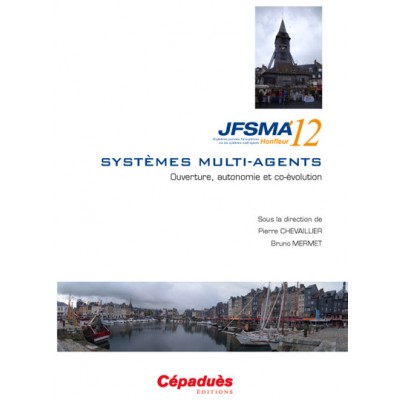Une architecture mixte agent/environnement pour le calcul dynamique des émotions
La simulation de comportements humains nécessite la prise en compte des émotions au sein du processus de décision. Récemment, la thématique de la contagion émotionnelle a émergé pour expliquer un certain nombre de phénomènes collectifs émergents, tels que les comportements de foule ou l'efficacité de groupes dans la résolution de tâches. Dans cet article, nous proposons l'architecture MA/SDEC pour la gestion de l'ensemble des dynamiques émotionnelles. Une émotion évolue grâce à trois influences : la perception d'événements, la dynamique temporelle et la contagion émotionnelle. Dans une approche d'agent incarné, la première influence est sous la responsabilité de l'esprit de l'agent, la seconde sous celle de son corps, et la troisième sous celle de l'environnement. Ensuite, nous proposons une formule de calcul de la contagion émotionnelle pour les cas où la topologie sociale des agents est inconnue. Finalement, nous donnons les résultats d'expérimentations
pour valider le modèle et le calibrer.
Human and animal behaviour simulation has to take into account the role of emotions in the decision
process. Recently, the topic of emotional contagion has emerged to explain a number of emerging collective penomena such as crowds or the groups efficiency in task solving. In this article, we propose the MA/SDEC architecture to manage all the emotion dynamics. Emotions evolve in function of three influences : punctual events, temporal dynamics and external influences. In an embodied agent approach, the first is the responsibility of the agent's mind, the second of the agent's body, and the third of the environment. Then, we propose a specific emotion contagion formula for the case where the social topology of the agents is unknown. Finally, we show the results of several experiments to validate the model and calibrate it.

